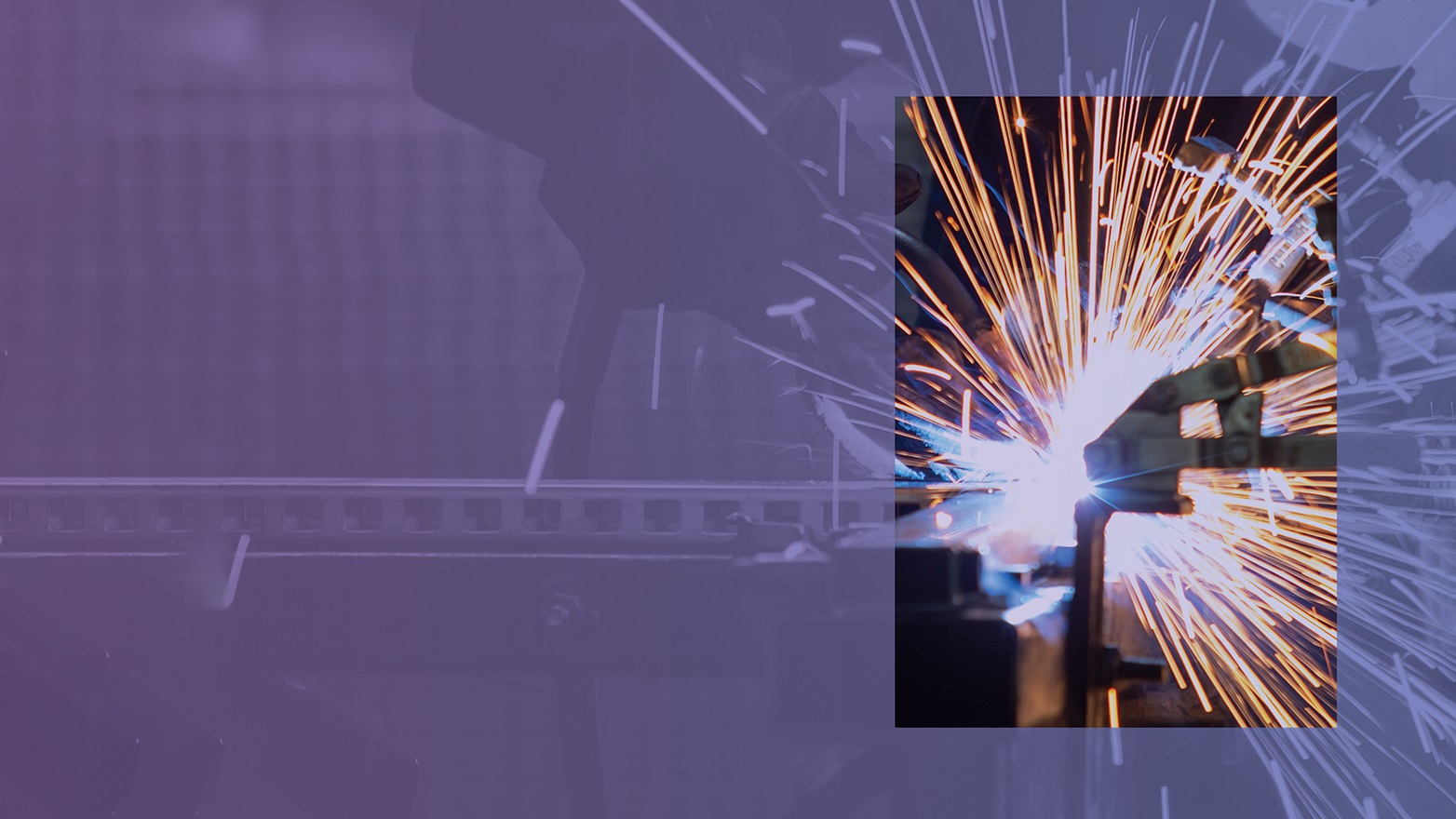Building products manufacturers get “smart"
Develop a plan for investment in tech to stay ahead.

Building products manufacturers are making transformative technology investments in response to raw materials shortages, labor shortages, and a volatile construction end-market. We surveyed senior executives at 100 of those firms about a wide range of digital capabilities, spanning from construction design, sales, and fulfilment to post-sale support. Read the paper for a better understanding of what technologies these businesses are focused on, including four surprising insights from our analysis.
Dive into our thinking:
Building products manufacturers get "smart"
Download PDFExplore more
Meet our team

Serena Crivellaro
Managing Director, Strategy, KPMG US

Len Prokopets
Advisory Managing Director, Procurement & Outsourcing Advisory, KPMG US
